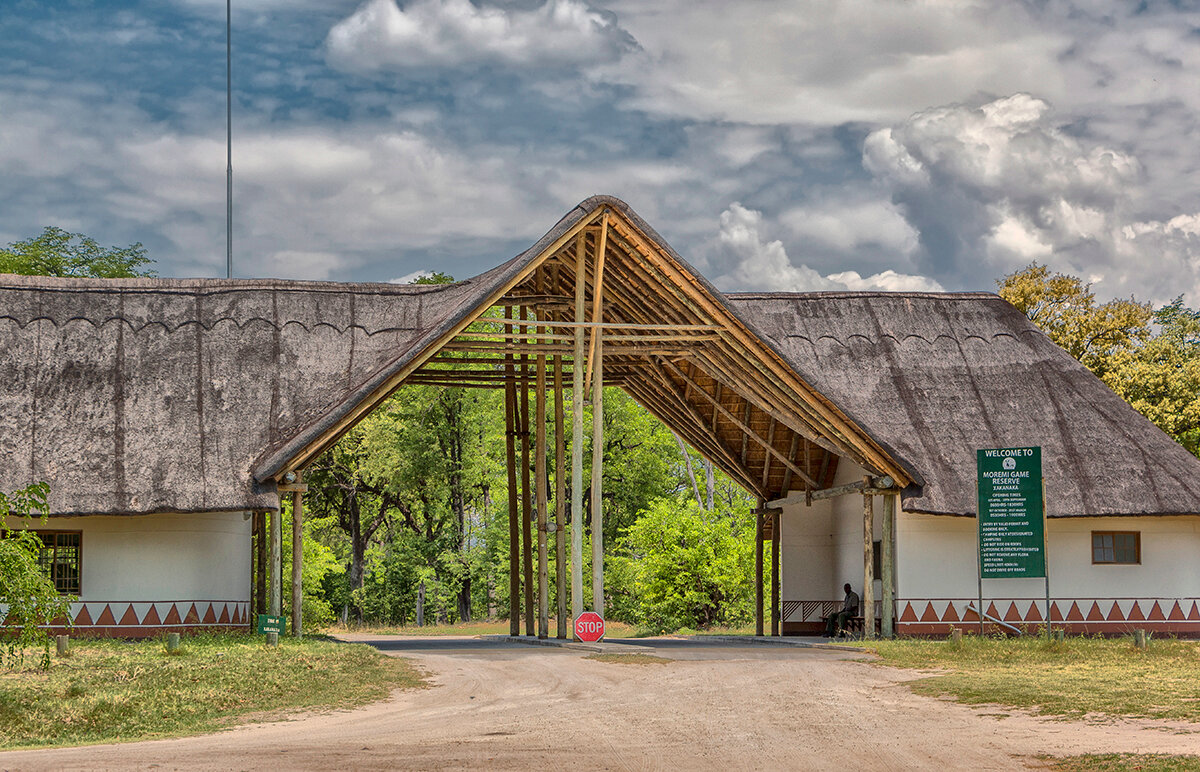Tourists help scientists estimate the number of large predators

Civil-voluntary monitoring of animals using GPS trackers issued to travelers and analysis of their photos turned out to be much cheaper than using photo and audio traps.
Problem:
Estimating the number of wild animal populations in national parks and reserves is often not performed efficiently due to the lack of funding and specialized staff who can perform this complex and voluminous work, because not only do you need to process large amounts of data behind the monitor, but you also have to lay out special equipment on giant squares, to be hardy and purposeful.
')
But without obtaining and analyzing these correct and reliable current data, the preservation of the number of different animal species may be at risk.
Decision:
Use tourists visiting national parks and reserves as one of the elements of a monitoring and information collection system, especially for large predators. After all, their photographs of animals taken at different times and with geo-referencing can be analyzed and included in the total volume of the studied data, which will increase the accuracy of estimating numbers and help save on the purchase of expensive equipment (camera traps) and make more rational use of the precious time of the biological scientists themselves and their staff.
Current Biology has published an article on such a study to attract tourists.

Scientists from Australia, Botswana, the United Kingdom, and the United States have done a lot of work in one of the most pristine corners of wildlife in the world by evaluating the density of large predators (cheetahs, leopards, lions, spotted hyenas and hyena-like dogs) in the Okavango River Delta (Republic of Botswana, south Africa) using:
- camera traps;
- audio traps;
- recording and studying the traces of the presence of different animals on the ground, trees and ponds.
Data collection for the study was carried out from September 2017 to February 2018 in the Moremi Nature Reserve (one of the most beautiful nature reserves in Africa) on the territory of 670 square kilometers.

Tourists and guides who were at that time in the reserve, of course, who agreed to help scientists, were also involved in the study.

Volunteers were given GPS trackers that recorded the location of each tourist group.
Further, tourists fully explored the reserve and its inhabitants during their time period for a safari, taking thousands of photographs of beautiful views of nature and wildlife.
After completing their journey in the wild, tourists handed over the GPS trackers back, and also allowed them to copy their photos to the equipment of scientists and researchers (an external hard drive).
Thus, a total of 25062 photos of the animal world were analyzed, which were taken by participants of 26 tourist groups over 78 days.
Here are the results.

The density of large predators per 100 square kilometers obtained using different methods.
Top down methods: audio devices with the recording of the voices of hyenas and lions, the study of animal tracks, photo traps, photographs of tourists.
Yellow dots indicate the number of hyenas, red lions, blue leopards and green hyenoid dogs
It turned out that the estimation of the density of animals using photographs of tourists is comparable to the estimates obtained using other methods, except, of course, an exception - determining the density of hyenas from the traces of their presence. So hyenas and tourists were a bit incompatible.
But cheetahs, on the contrary, are the most photogenic and, in general, the analysis of photographs taken by tourists with them made it possible to more accurately assess the number of these world's fastest animals in the reserve.
Cheetah:

Leopards:

And what about the costs of the study?
Comparative evaluation of the cost of different research methods.

From top to bottom: audio devices with the recording of the voices of hyenas and lions, the study of animal tracks, photo traps, photographs of tourists.
The colors indicate the categories of costs: blue - data collection, green - equipment, yellow - data processing, red - consumables.
As a result, it turned out that estimating the density of some animal species using data from tourists turned out to be much cheaper than the complex and expensive research methods commonly used by biologists.
Thus, scientists can save some of the funding allocated for the purchase of photo traps, as well as spend three quarters of their working time on copying, analyzing and processing data, and not on their difficult collection in the reserve itself.

As the researchers conclude in their article, the data on the GPS logger tracks and wildlife photographs taken by tourist groups can and should be used to estimate the abundance and demography of large animals that are clearly distinguishable in photographs.
Although, if you ask tourists to take even more photos and use more advanced neural networks to analyze them, then in some cases you can do only with tourists.
Source: https://habr.com/ru/post/460997/
All Articles